ECB Governing Council member Pablo Hernandez de Cos noted that market pricing indicated a clear understanding of the central bank’s communication, finding its intended policy path to be credible.
“They are interpreting well that there might be a need for the current rate to remain in the current (setting) for sufficiently long,” he mentioned”
“They are also expecting that rates will decline, which for me is a kind of a confidence of the market that we will fulfil our mandate,” he added.
However, De Cos voiced concerns about unforeseen challenges that might arise, emphasizing the high level of uncertainty surrounding economic prospects. New shocks could dictate different policy decisions by the ECB.
Offering insight into the economy, de Cos observed a potential dip in the near-term, hinting at a possible negative outcome for the third quarter. Despite this near-term pessimism, he expressed a lack of alarm, reassuring that a recovery is on the horizon for next year, driven by rejuvenating real incomes.





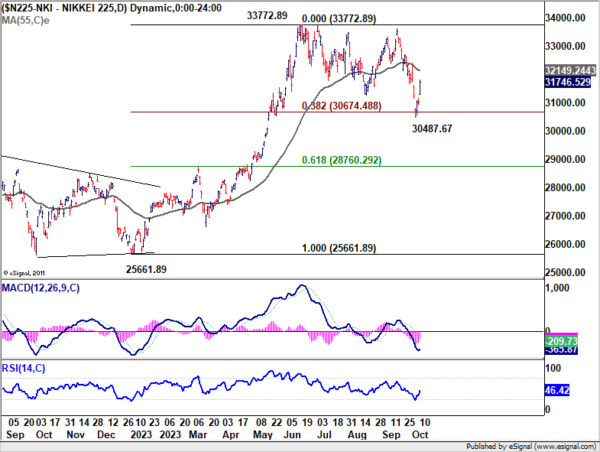
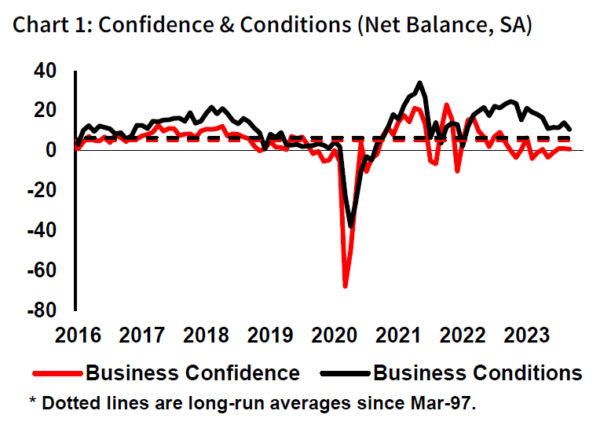
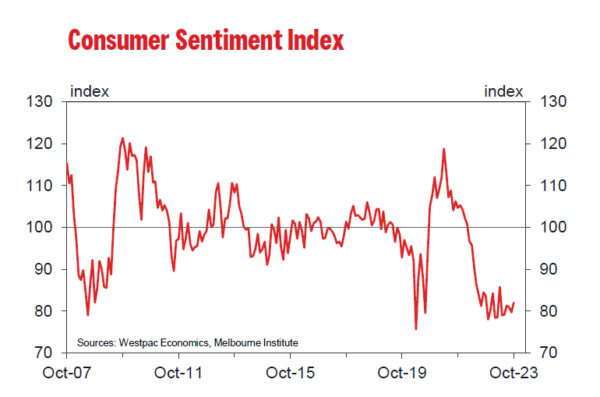
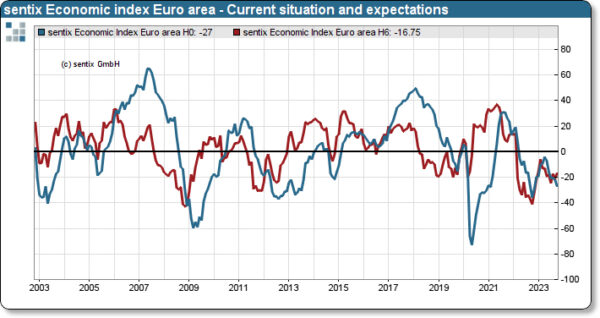
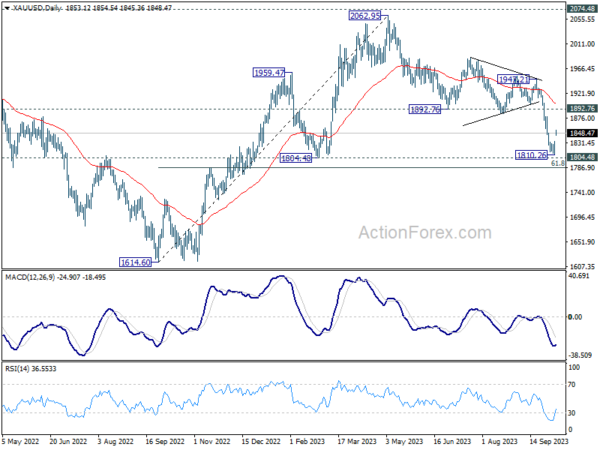
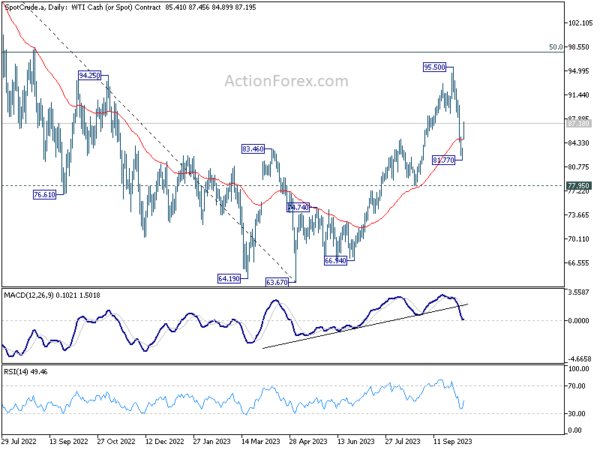
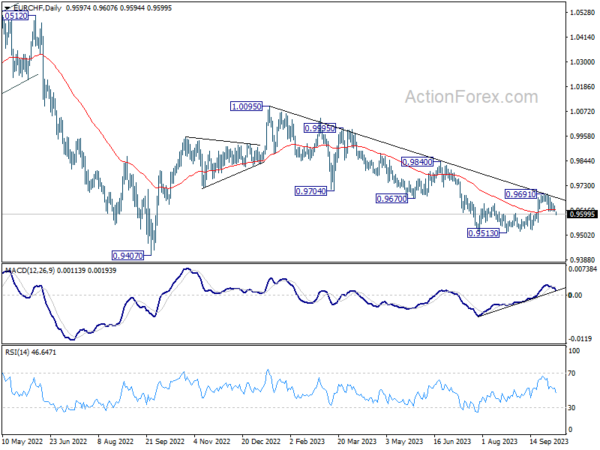

US PPI up 0.5% mom, 2.2% yoy in Sep, largest annual rise since Apr
US PPI for final demand rose 0.5% mom in September, above expectation of 0.4% mom. PPI less foods, energy, and trade services increased 0.2% mom, the fourth consecutive advance. PPI goods rose 0.9% mom while PPI services rose 0.3% mom.
For the 12 months period, PPI rose 2.2% yoy, above expectation of 1.6% yoy. That’s the largest annual increase since April’s 2.3% yoy. PPI less foods, energy and trade services was up 2.8% yoy.
Full US PPI release here.